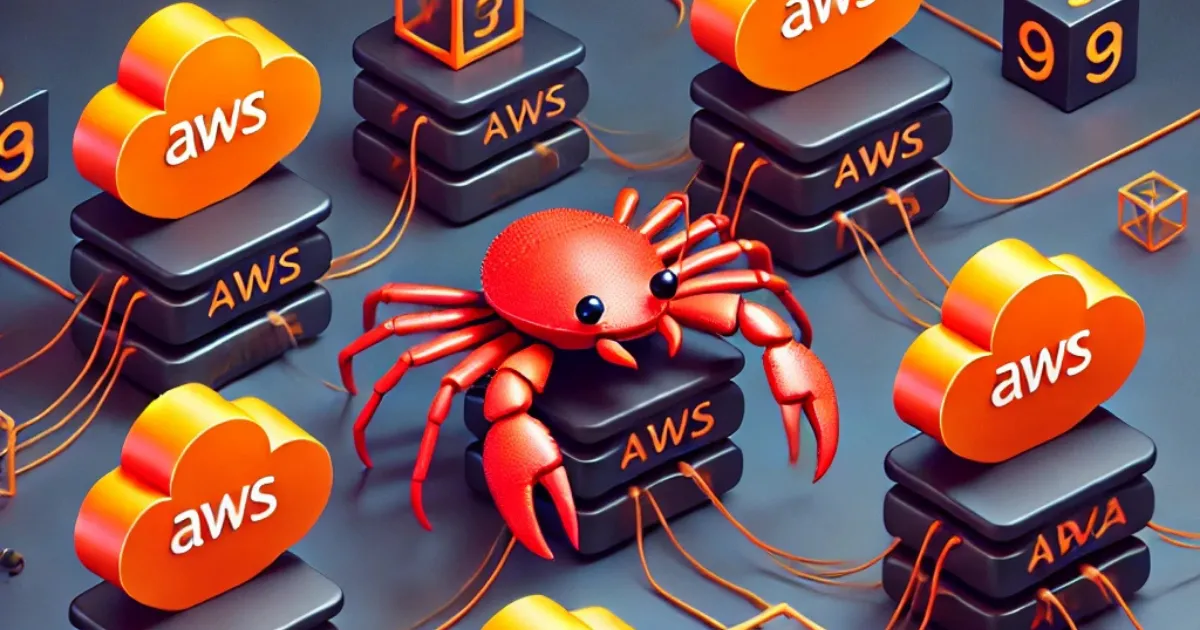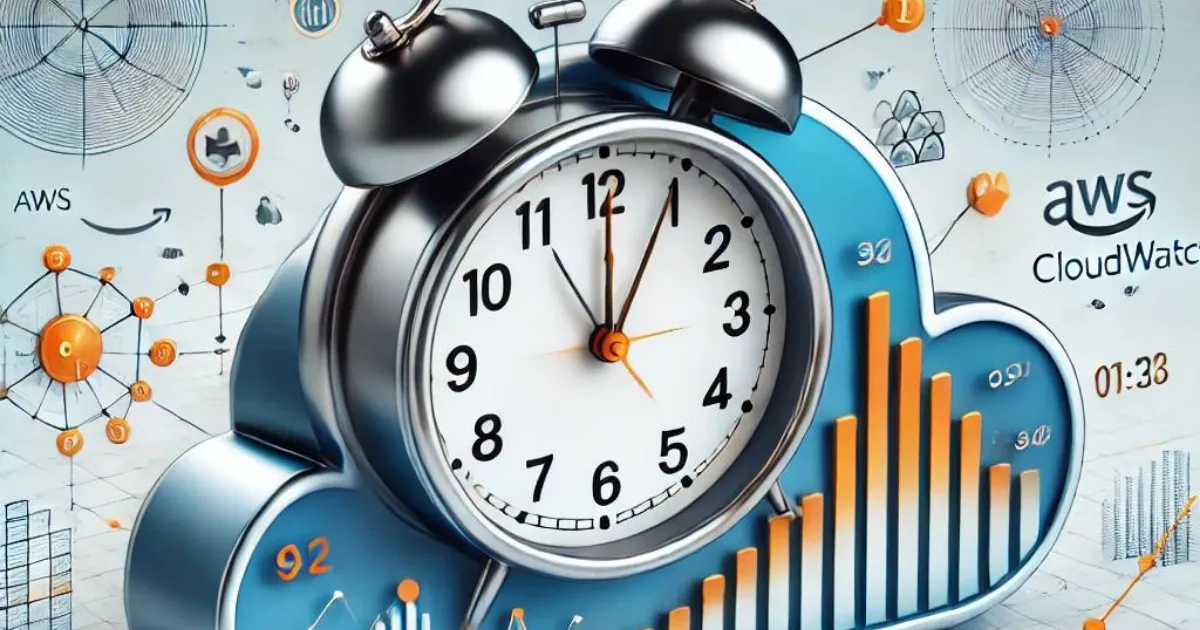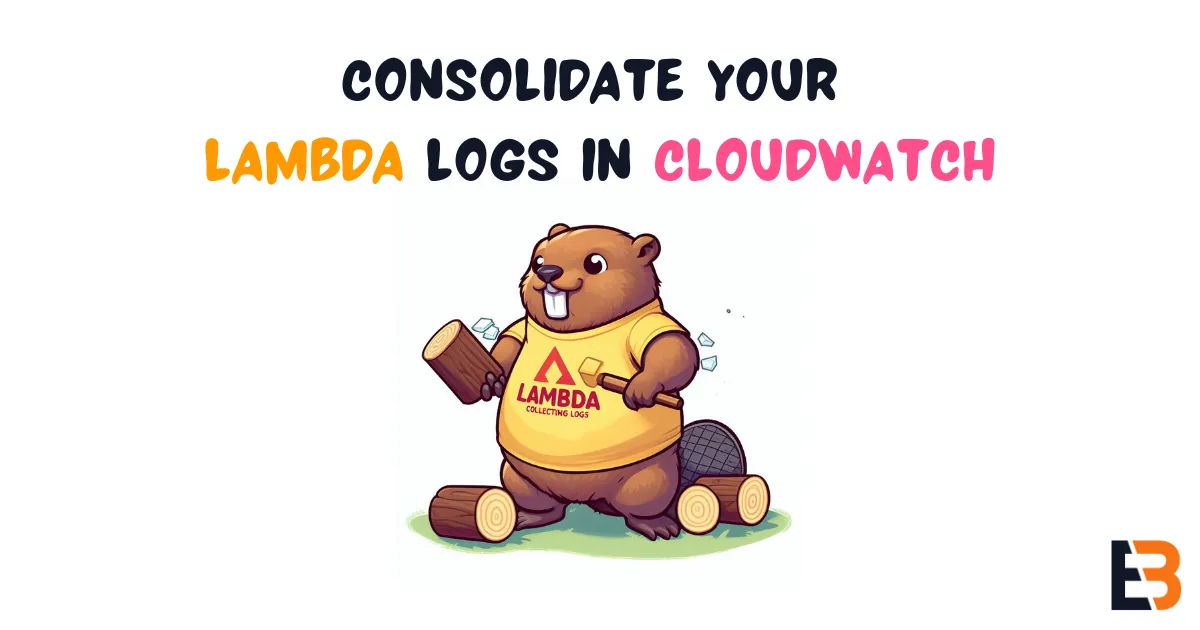
Supercharge your Serverless Workflow
Learn how to supercharge your Serverless Workflow with a fantastic Developer Experience and a rapid feedback loop. In this blog post, I share tools and techniques I use daily to develop serverless applications.

Learn how to supercharge your Serverless Workflow with a fantastic Developer Experience and a rapid feedback loop. In this blog post, I share tools and techniques I use daily to develop serverless applications.

After AWS introduced AppSync Events, I decided to revisit my old post on testing Event-Driven Architectures. This time, I use AppSync Events instead of Momento Topics to test my application end-to-end.

Learn how to easily mock external HTTP services in your Lambda functions using Stubr, a WireMock adaption in Rust, and Lambda extensions. Mocking allows team to build in isolation, reducing the need for coordination in shared non-production environments.

Learn how to use AWS CloudWatch Math Expressions to improve alarm accuracy when the metrics you track include missing data points. Missing data is common in metrics such as Lambda Errors or Lambda Invocations, and alarms on these metrics can behave weirdly at times. Never miss a beat again!

Learn how to build a Lambdalith API with Hono and deploy it with Lambda Function URLs and CloudFront, using OAC and bearer authentication to restrict access. Compared to REST API Gateway, you can save up to 66.7% of the cost.

There are countless ways to build serverless APIs. You can use single-purpose Lambda functions, monolithic Lambdaliths, or a mix of both. In this post, I share an opinionated and pragmatic approach that I've found to work well for me.

Learn how to use CloudFront functions and the newly released CloudFront KeyValueStore to build a simple and fully serverless URL shortener.

Learn how to use the newly released advanced logging controls to consolidate your Lambda logs into a single log group. This overcomes one of the most painful aspects of CloudWatch Logs Insights: combing through hundreds of Log groups.

Testing Serverless applications end-to-end is difficult. Testing distributed systems is difficult. But with the right tools, it can be made easier. Learn how to use Momento Topics to test that your application(s) produces the EventBridge events you expect.